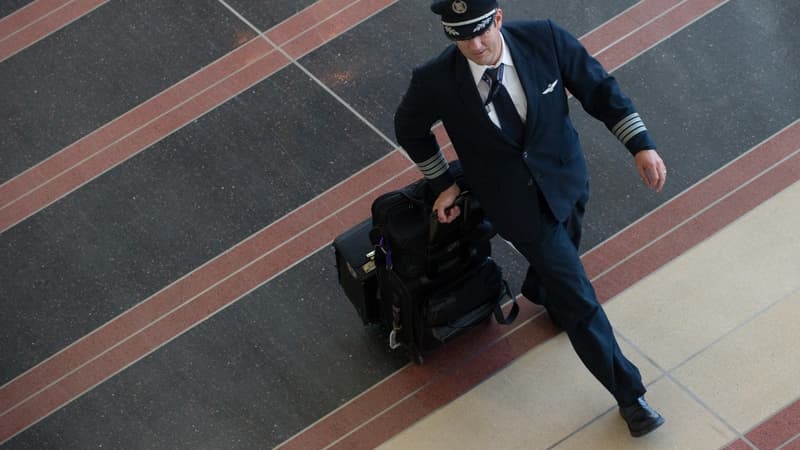Faced with a limited number of pilots at a time when air traffic is taking off again in the United States, companies and unions agree on a long-neglected issue: the need for more diversity in the cockpit. In the country, pilots and flight engineers are 95.7% white and 90.8% men, according to official data.
Regional Airline Association (RAA) president Faye Malarkey Black criticized the “very limited diversity” in aircraft controls at a recent congressional hearing, while the president of the Air Line Pilots Association ( ALPA), Jason Ambrosi, called for change in the face of a glaring lack of women and minorities among his peers.
There will be a shortage of 17,000 pilots in 2032 in North America
Beyond the need to increase representativeness at work, attracting people with more varied profiles could allow companies to replace the many pilots who chose to take advantage of voluntary departure plans put in place when traffic collapsed in 2020.
Since then, demand for airline tickets has picked up, but airlines can no longer rely on one of their main sources of recruitment: the military. In 2000, half of the pilots of the major airlines were ex-military. Since the army has acquired many remote controlled devices, this proportion has been reduced to 15%. Three quarters of the pilots of national companies now come from regional companies, estimates the firm Oliver Wyman. According to his estimates, there will be a shortage of 17,000 pilots by 2032 in North America. Previous estimates were even more alarmist.
But in the meantime, companies have launched training programs, such as United Airlines, which wants at least half of its Aviation Academy recruits to be women or minorities. Companies have also eliminated lines serving smaller airports, thereby reducing the need for pilots, says Geoff Murray of Oliver Wyman.
European companies are not in the same situation thanks to the measures put in place by governments during the pandemic, which made it possible not to push pilots to leave. But they should also face recruitment problems within three years given the uptick in international air traffic, Geoff Murray estimates.
Awareness campaigns and establishment of scholarships.
The pilot shortage is expected to worsen due to “a coming tsunami of retirements,” RAA president Faye Malarkey Black told the hearing. Her solution: raise the mandatory retirement age for pilots from 65 to 67. She also called for a review of rules that require pilots to have flown at least 1,500 hours before they can take control of a plane, stressing that they are now largely assisted by piloting aids.
On these solutions, the unions do not agree. They pose risks, noted ALPA’s Jason Ambrosi, noting in particular the drastic reduction in fatal accidents since the minimum threshold for flight hours was raised from 250 to 1,500 in 2010.
For him, the impact of retirements is overestimated. And companies should not blame a lack of pilots for the closure of regional lines, taken over because they are not profitable enough, he argued.
Airline representatives and pilots agree, however, that the cost of pilot training, which can exceed $100,000, excludes many candidates from diverse backgrounds and more limited resources. A government task force recommended increasing awareness campaigns for aviation careers and establishing dedicated scholarships. Parliamentarians are expected to consider these proposals when debating the next funding bill for the agency that oversees aviation, the FAA.
Source: BFM TV


